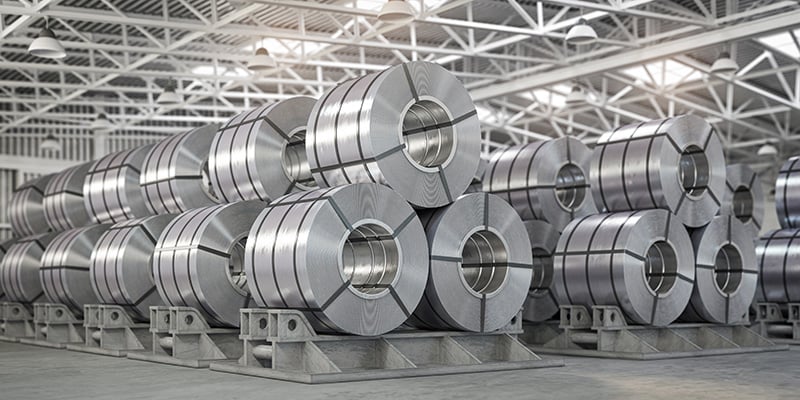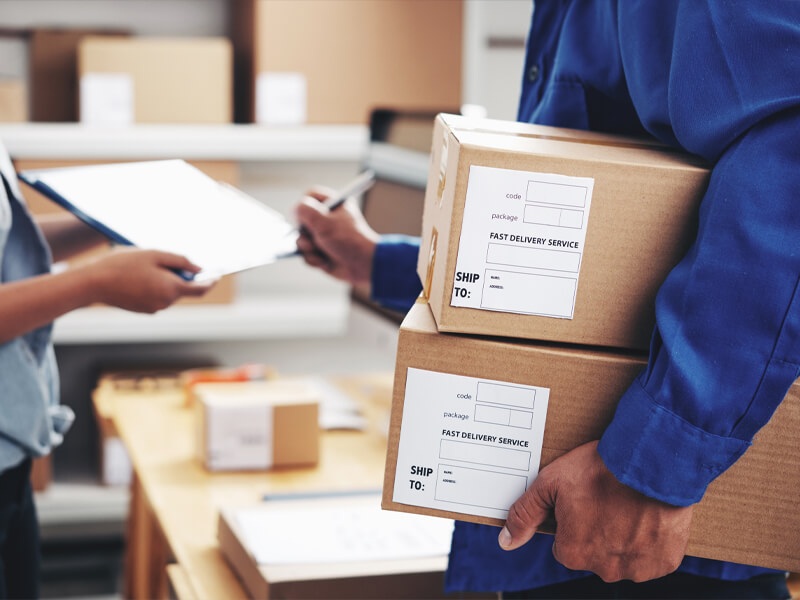Top quality in Every Mold: Plastic Container Manufacturer Competence
Top quality in Every Mold: Plastic Container Manufacturer Competence
Blog Article
Efficient Industrial Recycling Solutions for Lasting Packaging: A Comprehensive Guide
In today's significantly environmentally-conscious world, the need for sustainable product packaging options has never been higher. To meet this need, businesses throughout markets are proactively seeking effective industrial recycling services. Navigating the complicated landscape of lasting product packaging can be challenging without a detailed overview. That's where this thorough overview on efficient commercial recycling services for sustainable product packaging comes in. By exploring crucial locations such as packaging material option, creating for recyclability, applying recycling facilities, collaborating with recycling partners, and tracking and measuring reusing success, this overview will equip you with the expertise and devices needed to make educated choices and drive positive change within your company. Whether you're a product packaging professional, sustainability manager, or merely curious about the topic, this guide will offer valuable understandings and methods to assist you browse the world of lasting product packaging.
Packaging Material Choice
The selection of product packaging products plays an important duty in ensuring the sustainability of commercial reusing remedies. The selection of products is crucial in decreasing environmental effect and making best use of reusing effectiveness when it comes to lasting packaging. Choosing the best materials can assist decrease waste generation, preserve resources, and promote a circular economy.
Products like cardboard, paper, glass, and certain kinds of plastics can be recycled numerous times without losing their top quality. On the other hand, products that are tough to recycle, such as non-recyclable composites or mixed plastics, can produce challenges for the recycling procedure and may finish up in garbage dumps or incinerators.
One more factor to consider is using biodegradable and sustainable materials. Product packaging made from renewable resources, such as plant-based plastics or biopolymers, can help reduce dependence on nonrenewable fuel sources and alleviate environment change. In addition, biodegradable products damage down normally in time, reducing the buildup of waste in landfills.
In addition, the weight and volume of packaging materials should be decreased to lower transport costs and energy consumption. Light-weight materials not only need less sources during manufacturing yet also add to reduce carbon exhausts during transport.
Designing for Recyclability
In order to make certain the recyclability of product packaging products, thoughtful style is necessary. Designing for recyclability includes producing packaging that can be easily sorted, divided, and refined in recycling facilities. One essential element of designing for recyclability is the choice of materials. Packaging developers should focus on making use of materials that are widely accepted for reusing and have actually developed recycling infrastructures. Materials such as glass, light weight aluminum, and certain kinds of plastic, like PET and HDPE, are commonly reused and should be favored over products that are hard or expensive to reuse.
An additional important consideration in creating for recyclability is the removal of unnecessary components or products. By reducing the variety of layers, layers, and added components, product packaging can be made easier and easier to reuse. Furthermore, developers must aim to minimize using mixed products, as they can complicate the reusing process.

Implementing Recycling Framework
Efficient execution of recycling facilities is critical for the success of commercial reusing services. Without correct infrastructure in location, the reusing process ends up being ineffective and ineffective, preventing the general objective of lasting packaging.
To execute recycling framework properly, several key variables need to be taken into consideration. There must be an efficient collection system that facilitates the separation and collection of recyclable materials. This can consist of designated recycling bins in public areas, in addition to partnerships with waste administration business for curbside pick-up and sorting.
When accumulated, the recyclable products require to be transferred to recycling facilities in a timely way. This calls for efficient logistics and transportation networks, guaranteeing that the materials reach the suitable centers right away.
At the reusing centers, progressed sorting and handling technologies ought to be in location to separate different sorts of products properly. This includes using automated arranging equipments, optical scanners, and hands-on sorting strategies.
Furthermore, there ought to be a robust market need for recycled products. This can be accomplished with partnerships with producers and industries that make use of recycled products in their production processes. Creating a secure market for recycled products incentivizes the reusing market and promotes the circular economic situation.
Teaming Up With Recycling Partners

One secret aspect of collaborating with recycling partners is the facility of clear communication channels. It is essential to establish open lines of communication to facilitate the exchange of details, updates, and comments. This allows both celebrations to remain notified about the development of recycling campaigns and deal with any type of challenges or problems that may develop.
Furthermore, cooperation can include collaborations in executing and making recycling programs. Recycling partners can give important understandings and support in developing reliable collection systems and identifying one of the most appropriate recycling innovations. By interacting, organizations and recycling companions can maximize the reusing process and lessen waste.
Moreover, partnership can expand past the functional facets of reusing. It can also encompass advocacy and education and learning campaigns. By joining pressures, businesses and recycling companions can elevate awareness regarding the significance of reusing and advertise the fostering of sustainable packaging methods among consumers and other stakeholders.
Monitoring and Measuring Recycling Success
To make certain the performance of commercial reusing solutions and the accomplishment of sustainable packaging objectives, it is important for organizations and their reusing partners to develop a comprehensive system for tracking and measuring reusing success (bulk container recycling). Tracking and measuring visit this site reusing success enables services to examine the influence of their reusing initiatives, determine locations for improvement, and set meaningful targets for future progress
One site here means to track reusing success is via making use of information collection and evaluation devices. By gathering data on the quantity of packaging waste produced, the percentage of waste that is recycled, and the kinds of products being reused, companies can acquire valuable understandings right into their recycling efficiency. This data can then be analyzed to recognize fads, patterns, and areas of inefficiency.
Another vital facet of tracking and measuring recycling success is establishing clear and standardized metrics. This allows services to contrast their performance against market criteria and track their progress with time. Metrics such as reusing prices, waste diversion rates, and greenhouse gas exhausts can supply a quantitative procedure of a business's recycling success.

Verdict
In final thought, carrying out efficient industrial recycling remedies for sustainable packaging calls for mindful factor to consider of product packaging material selection, designing for recyclability, executing recycling infrastructure, collaborating with recycling partners, and monitoring and determining recycling success. By including these practices, businesses can add to an extra lasting and environmentally-friendly strategy to packaging, reducing waste and promoting the circular economy.
By checking out crucial areas such as packaging material choice, making for recyclability, carrying out recycling infrastructure, working together with reusing companions, and tracking and measuring reusing success, this overview will outfit you with the expertise and tools needed to make informed decisions and drive favorable adjustment within your organization. Packaging developers need to focus on the usage of materials that are widely approved for recycling and have actually developed reusing facilities.Cooperation with reusing partners is important for the effective implementation of commercial recycling services and the achievement of lasting product packaging objectives. By joining pressures, services and reusing companions can elevate Source awareness regarding the significance of recycling and advertise the fostering of lasting packaging methods among customers and various other stakeholders.
By gathering information on the quantity of packaging waste created, the percentage of waste that is recycled, and the kinds of materials being reused, organizations can obtain important insights right into their reusing efficiency.
Report this page